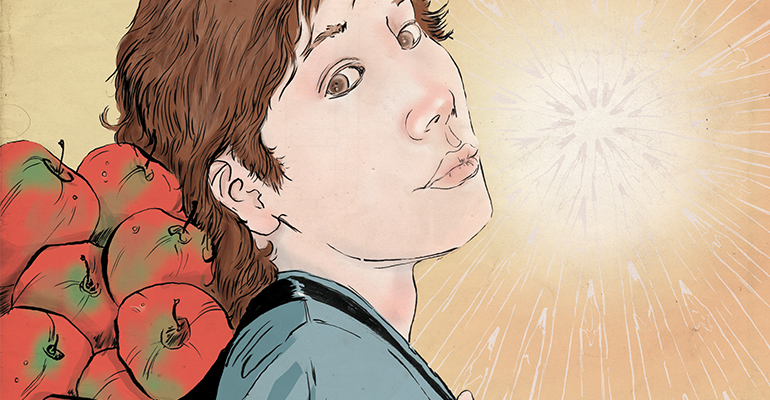Peter Stiepleman: Constructing Successful Students
Every morning, long before the sun rises, I wearily make my way downstairs. And before I can prepare lunch for the boys and before I make my wife her coffee, I must first weave my way through a labyrinth of Legos and game pieces. We all have morning rituals, and this one is mine.
Just last week, while still in a somnolent state, I put my foot down. And then I opened my mouth. I let out a bloodcurdling scream that had our dog barking. My wife called out, “What’s wrong?” to which I yelled out, “Life!” And then there were accusations of being dramatic and words not fit for print about children leaving detritus all over the place.
I had stepped on one of those little cars from the Game of Life.
What started as a genuine nuisance (at least in my mind it was genuine!) became more providential. Later, in a meeting with our Cradle to Career Alliance, I was introduced to a road map for student success. Published by Home Works! The Teacher Home Visit Program and modeled after the Game of Life, this road map charts out a child’s path from birth to graduation. This road map is very much aligned to our school district’s eight organizational goals:
- We will be fiscally responsible with taxpayer money.
- We will partner with the community to help children enter school ready to succeed.
- Students will read on level by the end of third grade.
- We will actively support student transitions.
- Students will graduate with the necessary skills to enroll in college and/or a career program of their choice.
- Ninety percent of students will attend school at least ninety percent of the time.
- Out-of-school suspension numbers will decrease for all student groups.
- Students will demonstrate academic progress as measured by state accountability systems.
Our goals, like the road map, are a progression. Each one is measurable. Our goals serve as a way to acknowledge our current reality so that we may establish short-term and long-term objectives. Our future depends on meeting those goals. When we’re successful, our community thrives. We understand that we are responsible, in part, for preparing tomorrow’s citizens and contributing to our community’s economic success.
Life is good in Columbia. People want to live, work, learn and play in Columbia because we’re an educated community, a cultured community and a generous community. Our unemployment rate is 3.6 percent, even though our overall population has grown to 120,000. That growth is one of our school district’s great challenges. This past May, I told the graduating senior class that when they entered kindergarten, there were 16,400 students in the Columbia Public Schools, and at the time of their graduation, there were about 18,000 students.
That enrollment growth requires instructional space. It requires additions to existing buildings and it requires entirely new school buildings. Meeting our needs for growth means keeping up with ongoing improvements and maintenance while also eliminating things like trailers. This requires deliberate long-range facility planning.
The average age of our buildings is 47 years old, and 30 percent of our schools are older than 60. Replacing roofs, monitoring tuckpointing needs and maintaining heating and cooling systems are important to keeping facilities in proper working order. In terms of classroom trailers, we’ve made considerable progress on reducing the number of trailers. In 2006, there were 174 trailers; by 2017, there will be 67.
Keeping up with facility needs is good for our community and good for our kids. Construction means improved learning environments. Construction means jobs for our community and money spent in the community. mid-Missouri businesses have been a part of many of the projects we’ve completed over the last 10 years, and that investment has had a favorable impact on the local economy.
Life really is good in such a growing, vibrant community. Yes, that growth does pose challenges to our schools, but those challenges aren’t insurmountable as long as we commit to look forward and make plans that will improve life for our students and the community.



